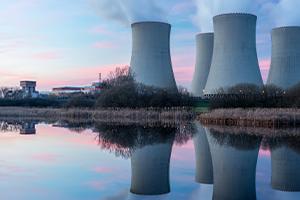As a neutron has no charge, a neutron detector incorporates a neutron-to-ionization particle converter. The incident neutrons are captured by the converter material which then produces (detectable) ionizing particles by means of a nuclear reaction.
Photonis gas-filled detectors are designed to detect thermal neutrons (En < 0.025 eV), so the capture cross-section of the detecting material must be as large as possible for this low energy. We therefore use 235U (580 barns at 20 °C) for our fission chambers, and 10B (3840 barns at 20 °C) for our boron-lined proportional counters.
Need some answers? Ask our experts!
Contact us
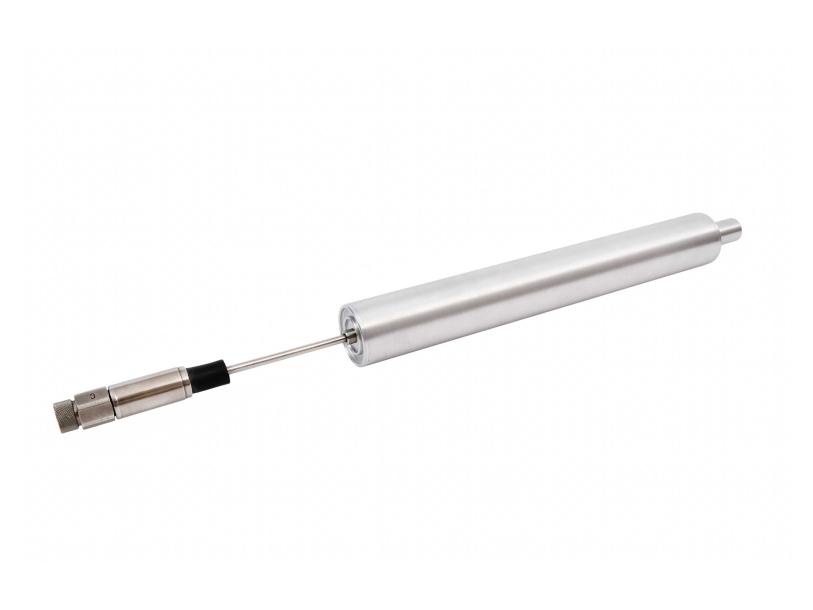

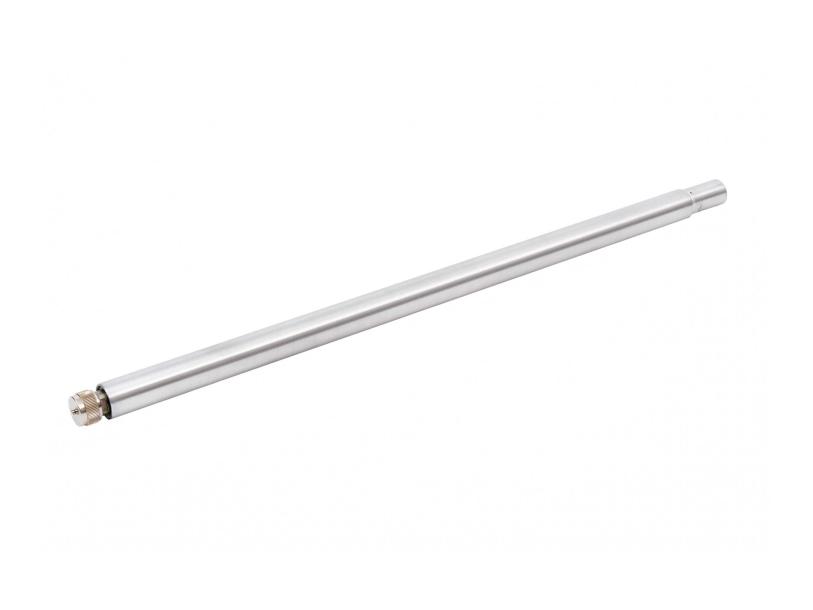

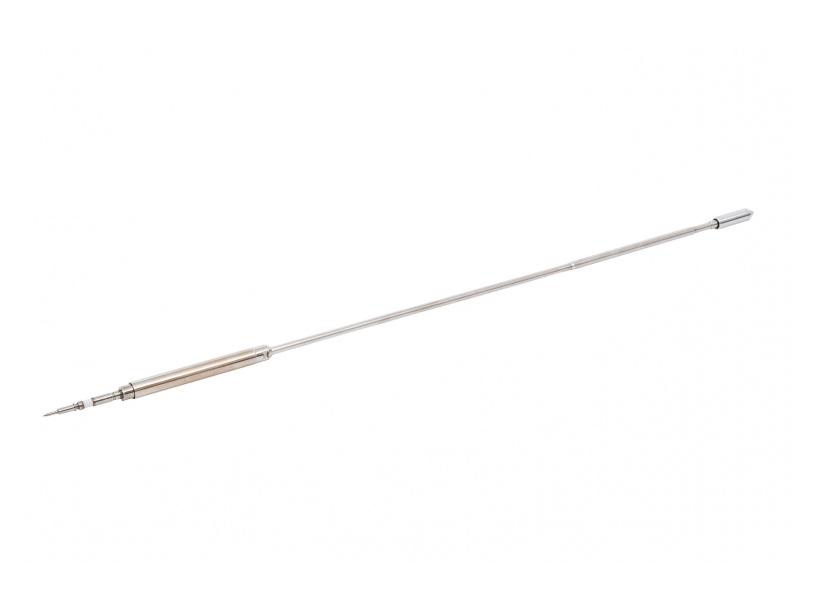
Learn more about Neutron detectors
Neutron detectors play a crucial role in nuclear physics and reactor operations, particularly in ensuring safety and monitoring neutron flux. As neutrons possess no charge, specialized detectors are necessary, integrating neutron-to-ionized particle converters to facilitate detection. These converters capture incident neutrons, initiating nuclear reactions that produce detectable ionizing particles. Gas-filled detectors, such as those developed by Photonis, rely on this technique, utilizing materials like 235U and 10B with high absorption cross-sections leading to the production of detectable radiation such as fission fragments, alpha particles or lithium. By interacting with the gas atoms.
Photonis, a leader in the field, offers various detector technologies tailored to specific applications. Among these are boron-lined proportional counters, which excel in measuring thermal neutrons, crucial for source range indication in nuclear reactor operations. These counters, filled with boron, exhibit high efficiency in neutron capture, ensuring accurate measurements even in high gamma environments and at elevated temperatures, up to 200°C. The sensitivity of these detectors, characterized by the rate of detection for a given incident neutron flux, depends on a variety of factors including gas pressure, anode/cathode gap spacing, number of neutron sensitive nuclei in the detector and, in the case of Uranium coated fission chambers, the rate of radioactive decay of the sensitive material.
The detection of thermal neutrons by Photonis boron-lined proportional counters is performed in pulse mode. These counters are recognized as safety-related instrumentation in numerous nuclear power plants globally, a testament to their reliability and performance.
Fission chambers, another key technology in neutron detection, serve both in-core and ex-core functions. In-core fission chambers, designed for operation at extreme temperatures up to 600°C, enable precise measurements of neutron flux within reactor cores. Their stainless steel structure ensures durability and watertightness, while customization options cater to diverse user needs.
For ex-core applications, Photonis offers fission chambers capable of wide-range neutron flux detection, spanning up to 11 decades. These chambers operate effectively in severe environmental conditions, including high gamma environments and temperatures reaching 600°C.
Fission chambers offer multiple operating modes, including pulse, fluctuation, and current modes, enabling comprehensive analysis of neutron interactions. They are characterized by their radiation resistance and fast response, and are equipped with specialized connectors and cables for reliable signal transmission in harsh environments.
Customization features of both proportional counters and fission chambers ensure adaptability to specific monitoring requirements, enhancing versatility in reactor surveillance.
Neutron detection technologies based on gas-filled detectors are indispensable tools in nuclear science and facility operations. Their ability to measure neutron flux with excellent gamma ray discrimination, determine reactor performance, and ensure safety, underscores their importance in the field of nuclear physics and radiation science.
What's new in Neutron detectors?
See all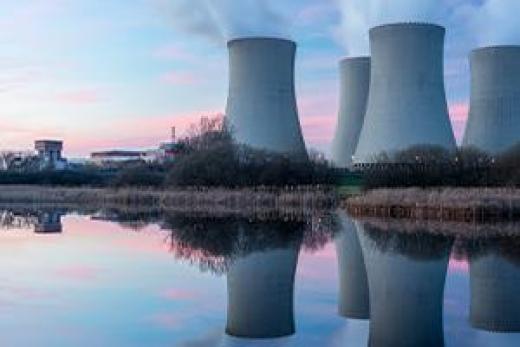
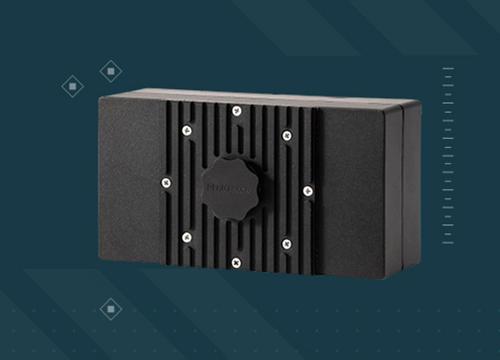
Apr 09th 2024
Exosens Adds Innovative Photon Counting System, LINCam

